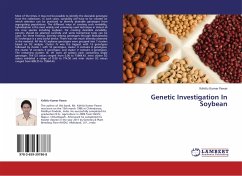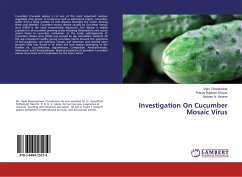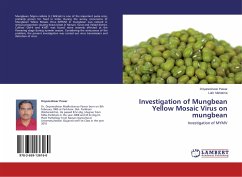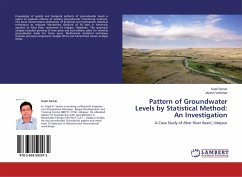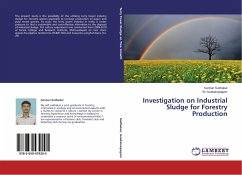Most of the times, it may not be possible to identify the desirable genotype from the collections. In such cases, variability will have to be created on which selection can be practiced to identify desirable genotypes from segregating populations. The different ways of creating such variability, hybridization is the most widely and commonly used technique in almost all the crop species including soybean. For creating desirable variability, parents should be selected carefully and some biometrical tools can be used. For these findings, diversity among genotypes through Mahalanobis D2 technique is a very useful device. There was not much diversity observed in the material. All the 42 soybean genotypes were grouped into 7 clusters based on D2 analysis. Cluster IV was the biggest with 13 genotypes followed by cluster I with 10 genotypes, cluster II contains 8 genotypes, the cluster VI contains 5 genotypes, and cluster V contains 4 genotypes. The remaining clusters III, VII were all solitary each containing single genotype. The D2 values ranged from 0.00 to 15964.43. Intra cluster D2 values exhibited a range of 0.00 to 774.50 and inter cluster D2 values ranged from 898.25 to 15964.43.
Bitte wählen Sie Ihr Anliegen aus.
Rechnungen
Retourenschein anfordern
Bestellstatus
Storno

